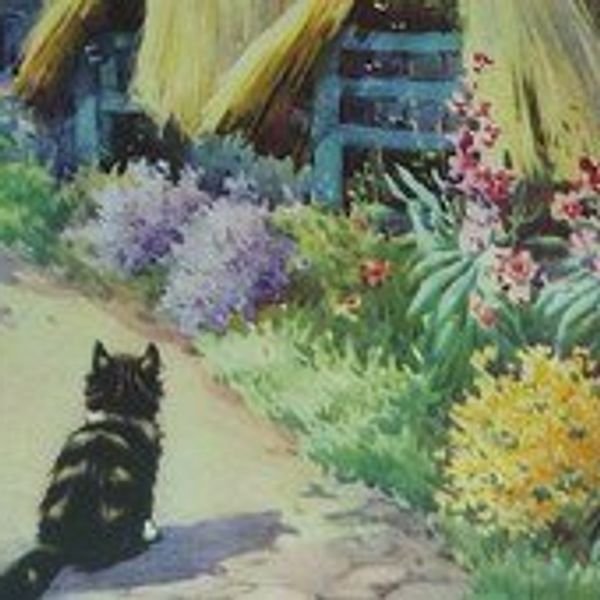I was going to write an article this week about the first presidential debate, but instead I decided to write about something more important.
Bumblebees, because they are dying.
If you haven't heard by now, the rusty-patch bumblebee is on the verge of being put on the endangered species list in the United States because, like most declining wildlife species, we as humans have put them there due to habitat loss, climate change, farming and the use of pesticides.
Many people do not like insects. I have friends who scream at the sight of a bumblebee because they think they will sting them even though they do not have stingers. So there are people out there who, let's face it, don't give a damn about bumblebee extinction.
Here are a few reasons why you should care about bumblebees and other types bees though:
1. Bees are responsible for pollinating a lot of our food
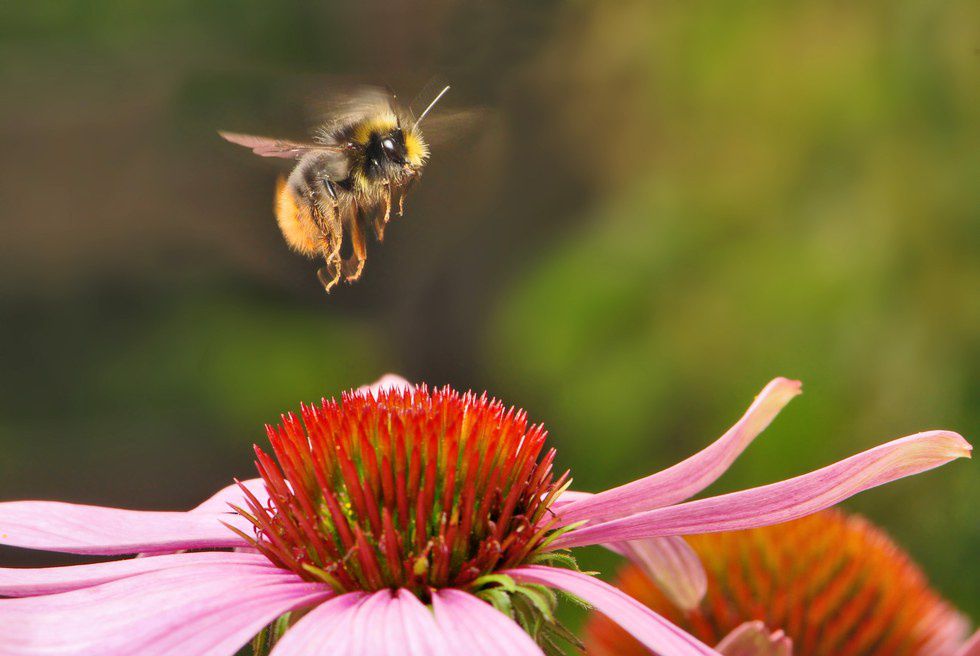
In North America about 30% of food for human consumption originates from plants pollinated by bees. Here is a list of crops from pollinator.org that are pollinated by various species of bees: ALFALFA: leafcutter bees and honey bees, ALMOND: honey bees, ANISE: honey bee, APPLE: honey bees, blue mason orchard bees, APRICOT: bees, AVOCADO: bees, flies, bats, BANANA: birds, fruit bats, BLUEBERRY: Over 115 kinds of bees, including bumblebees, mason bees, mining bees and leafcutter bees, CARDAMOM: honey bees, solitary bees, CASHEW: bees, moths, fruit bats, CHERRY: honey bees, Bumblebees, Solitary bees, flies, CHOCOLATE: midges (flies), stingless bees, COCONUT: insects and fruit bats, COFFEE: stingless bees, other bees or flies, CORIANDER: honey bees, solitary bees, CRANBERRY: Over 40 native bees, including bumble, DAIRY PRODUCTS: Diary cows eat alfalfa pollinated by leafcutter and honey bees, FIG: 800 kinds of fig wasps, GRAPE: bees, GRAPEFRUIT: bees, KIWIFRUIT: honey bees, bumblebees, solitary bees, MACADAMIA NUT: bees, beetles, wasps, MANGO: bees, flies, wasps, MELON: bees, NUTMEG: honey bees, bird, PAPAYA: moths, birds, bees, PEACH: bees, PEAR: honey bees, flies, mason bees, PEPPERMINT: flies, bees, PUMPKIN: squash and gourd bees, bumblebees, RASPBERRY and BLACKBERRY: honey bees, bumblebees, solitary bees, hover flies, SESAME: bees, flies, wasps, STRAWBERRY: bees, SUGARCANE: bees, thrips, TEA PLANTS: flies, bees and other insects, TEQUILA (AGAVE): bats, TOMATO: bumble bees, VANILLA: bees.
With the use of pesticides on our crops, the bumblebee population will continue to dwindle and there is currently no sure facts on how pesticides affect our health.
2. Bumblebees are basically warriors
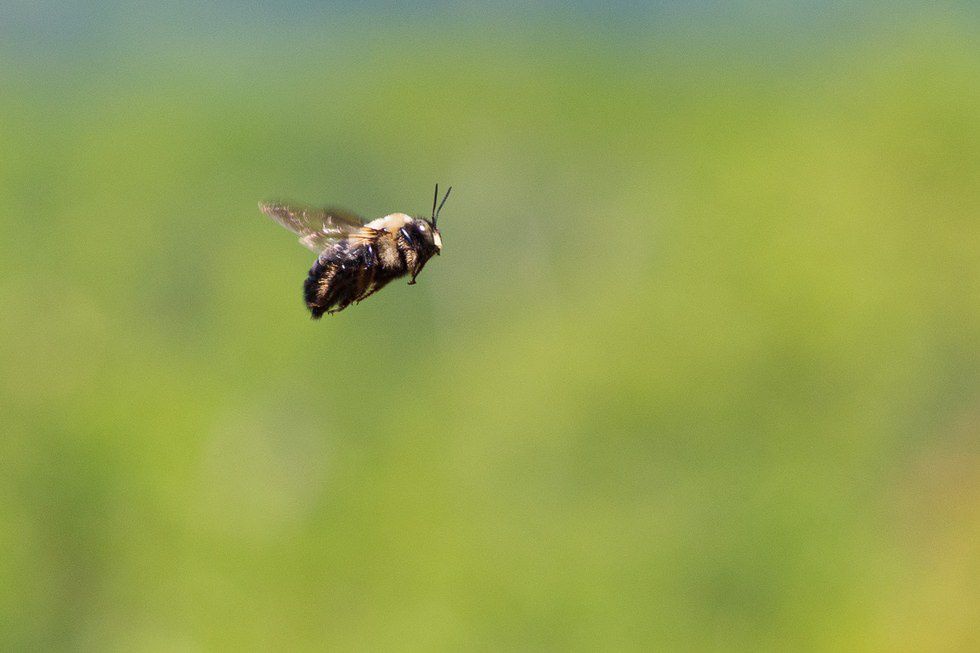
Bumblebees can pollinate flowers in various kinds of weather from calm and sunny to cold and windy. They are active in temperatures 40 degrees and higher and can fly in wind speeds of up to 40 miles per hour in rain, sun, fog and clouds. They also flap their wings 200 times per second, the same RPM as a motorcycle engine. Although they pollinate in all different kinds of weather, climate change is shrinking their habitat and they are retreating from the southern most regions of the United States.
3. Bumblebees have families too
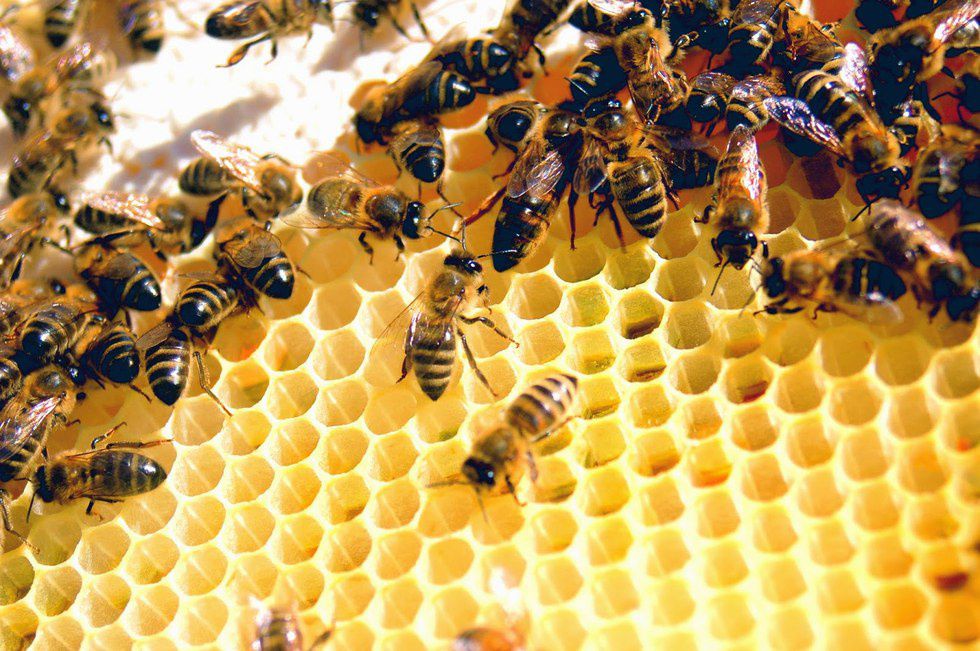
Bumblebees are social insects that form colonies mostly underground with a single queen bee with around 50 to 400 with a record of 1,700 bees per nest and male bees, called drones, will mate monogomaly with one queen per colony cycle.
4. Bumblebees are just too adorable to go extinct
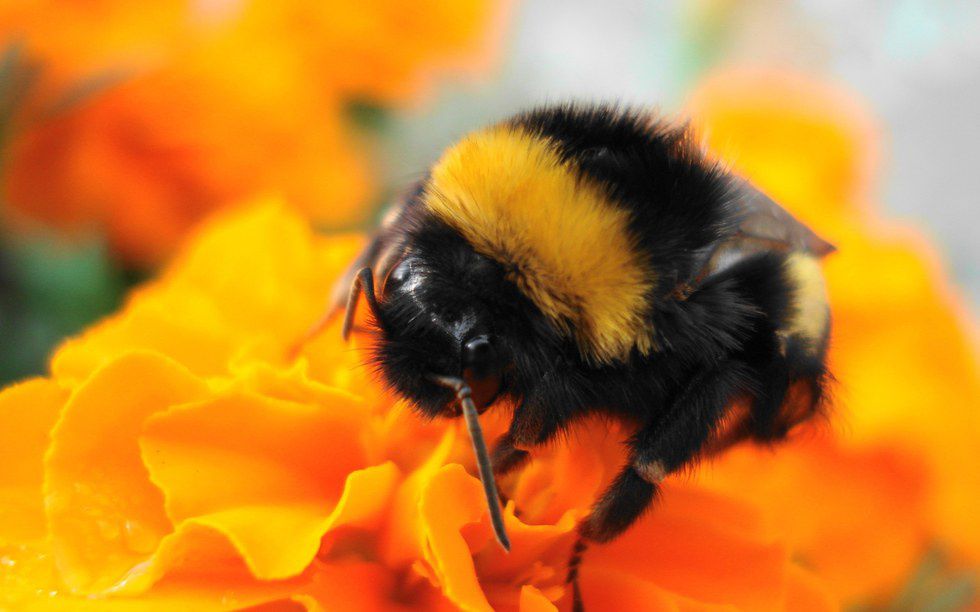
Seriously, how can you look at these cute little balls of fluff and not be saddened by their decrease in population? Did you know that there is a myth going around saying that bumblebees shouldn't be able to fly because they are just too fat, but they do anyway? Did you know that their favorite colors are purple and blue? Did you know that bumblebees have smelly feet so when they land on a flower they can leave a sent to tell other bees that the flower has been used already?
So do your part and help save these considerate little fluffy warriors at:
http://bumblebeeconservation.org/
#SavetheBumblebees

